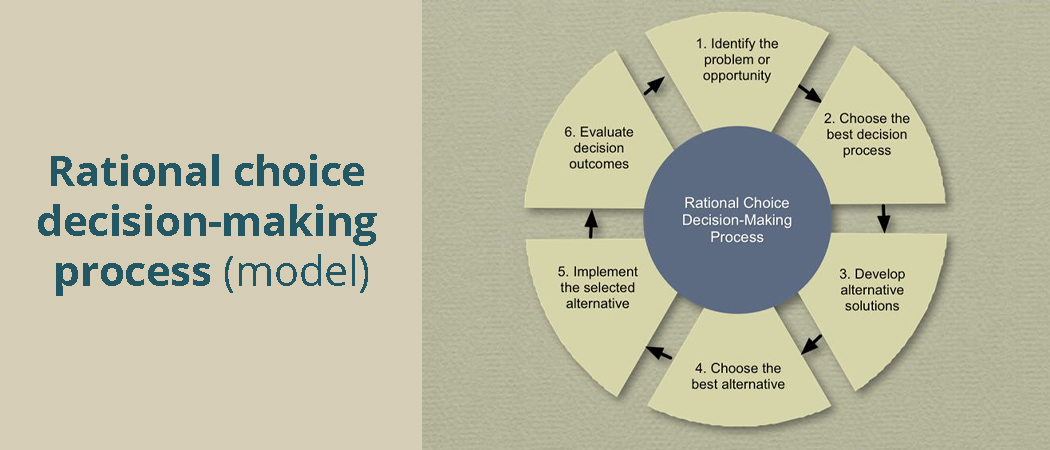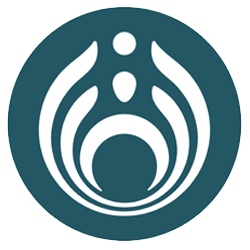Making Decisions – What’s at Play
Whether we’re at home, at work, or somewhere in between, we’re constantly making decisions. Some are small and inconsequential, while others can alter the course of our lives, relationships, and professional success. And in organisational settings, the stakes are often high: poor decisions can impact employee wellbeing, stakeholder trust, and business outcomes.
So, what drives our decision-making? Why do even experienced leaders sometimes struggle to make the right call? And how can we support better decision-making in ourselves and those we lead?
Let’s explore the psychological mechanics behind how we make decisions – and why, in reality, it’s often harder than it seems.
Rational Choice in Decision-Making
At its core, decision-making is about choosing between alternatives with the goal of reaching a preferred outcome. The rational choice model assumes that people make decisions logically, through a systematic six-step process:
Identify a problem or opportunity – Determine the gap between “what is” and “what should be.”
Choose the best decision-making process – Decide whether you can handle it solo or need input from others.
Develop alternatives – Brainstorm solutions, modifying past successes or designing new ones.
Select an alternative – Evaluate which solution offers the greatest benefit or value.
Implement the choice – Put the decision into action.
Evaluate the outcome – Determine whether the issue has been resolved effectively.
Keep in mind… while elegant in theory, this process rarely reflects how decisions are made in the real world.

Why Rational Models Fall Short
We’re not logic-driven robots. Even when we have the data, decision-making is often clouded by personal bias, emotional responses, and cognitive limitations. For example:
We tend to filter out negative information that doesn’t align with our preferred outcome.
Emotions heavily influence our perception of risk and reward.
We often struggle to recognise a problem until it’s unavoidable.
Neuroscience confirms that emotion plays a central role in decision-making. Our brain assigns emotional value to alternatives quickly, sometimes before we even realise it. These gut-level reactions influence what we choose to pursue or avoid.
Emotion, Intuition, and Decision Quality
Different emotional states can steer us toward different types of decisions:
🔍 Negative moods make us more detail-focused and cautious.
😊 Positive moods can lead us to rely on mental shortcuts or routines.
😠 Anger can make us more impulsive and risk-tolerant.
😨 Fear tends to result in conservative, risk-averse decisions.
In addition, intuition plays a critical role. Often described as “gut feeling,” intuition draws on deeply embedded mental models built through experience. It’s fast, automatic, and often emotionally charged.
But here’s the catch: not all gut feelings are valid. Some are rooted in experience, while others are reactions to fear, bias, or stress. The key is learning to discern between the two.
How to Improve the Way You Decide
The good news? You can sharpen your decision-making skills. Here are practical, research-backed strategies:
🔗 Blend logic with intuition. The most effective decision-makers combine systematic evaluation with informed instincts.
💬 Check in with your emotions. Be aware of how your current mood may be skewing your perception.
🔁 Revisit big decisions in different mental states. Scenario planning can help anticipate outcomes and improve clarity.
🗺️ Use tools like a Hope Map to visualise future outcomes and plan for obstacles.
A Hope Map prompts you to define your goals, identify multiple pathways, and strengthen your agency in pursuing them. It’s an empowering framework to foster clarity and direction.
The Power of Collaborative Decisions
In a workplace setting, involving employees in decision-making brings substantial benefits:
⚡ Problems are recognised and defined faster.
🎯 Solutions are more creative and comprehensive.
📈 Commitment to implementation is higher.
💼 Engagement, satisfaction, and retention improve.
Top-down decision-making, while efficient in some cases, isn’t adaptive enough for today’s complex environments. Teams that collaborate on decisions are more agile, resilient, and aligned.
How Does Your Workplace Stack Up?
Whether your business has 50 or 2,500 employees, making effective decisions is essential for performance, culture, and profitability. But in high-pressure environments, many leaders and teams struggle to carve out the time, space, and process for sound decision-making.
Are you seeking a solution that can enhance decision-making across your organisation?
Let Us Help You Decide, Better
At Get Mentally Fit, we partner with organisations to strengthen workplace decision-making, emotional intelligence, and leadership confidence.
From group workshops on psychological agility to 1-on-1 coaching designed to support better reflection, we provide practical tools that help people think clearly and act decisively.
📞 Get in Touch today and talk to our leading workplace psychologists, to find out how we can help you, your team, and your whole organisation:
Reduce the noise in complex decisions
Build confidence in their judgment
Improve overall wellbeing and performance
Join our mentally fit community below to receive tools, trending insights, and resources that support better thinking – from the boardroom to your backyard.


